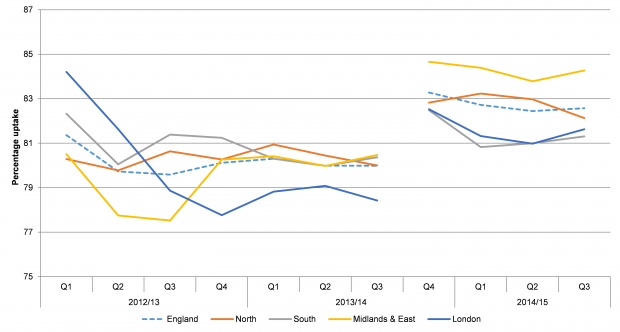Screening data and information objectives

Standards are one of the ways we can see how well national screening programmes are performing. Find out how the data team at PHE will be working to publish high-quality information on screening in 2019/20.


